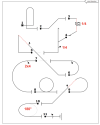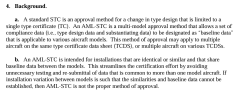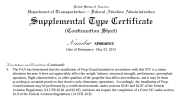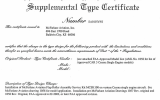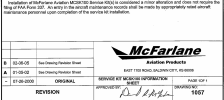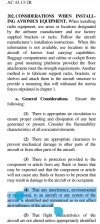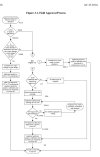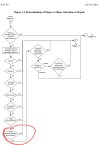Sure, your justification was "because I think so". I asked for more, and not for the logbook entry, but what convinced you to make that logbook entry.
You made claims of how you can install uncertified avionics "easily", despite the lack of qualifications that would allow the installer to prove that the installation does not affect the airworthiness of the aircraft,
No deal then?
Regardless, I think your 2nd statement quoted above cuts to the core of your argument.
The way I take it, you are of the opinion that the A&P privileges granted to me under Part 65 and the performance rules I must follow under Part 43 do not “qualify” me to alter an aircraft based on my decision alone.
Maybe you only base this on your experience, don’t know. But in my experience, my A&P gives me a wide range of “qualifications” to make decisions just like this, especially in the Part 91 and Part 135 worlds. But not so much in the Part 121 world as alterations and repairs are required to be part of their mx program.
So to prove my theory, I’ll install a non-certified marine band radio in a Part 91 light single, using the same install summary from my Post 54 above and be as detailed as I can think of to illustrate my point. At the end you will be able to
specifically make your argument on where you disagree.
Post 54: “I’d install the equipment”
After unboxing, I’d review the unit physical install and power requirements vs the aircraft. With luck the panel has a spare opening, there is a spare CB of the proper rating, and there is a free spot for the antenna. Prior to install, I would have the audio panel or radio interface box wired up by someone else. So from there, the radio gets bolted in, wires/coax ran and connected, and the antenna mounted.
Post 54: “Perform necessary ground functions”
With the install complete, turn on aircraft power and ensure the radio functions properly by transmitting and receiving on common marine channels and the audio interface/audio panel operates as needed.
Post 54: “Verify any necessary operating parameters”
With the engine running and all the required systems turned on, would verify there is no excessive electrical load and any marine band interference or bleed over with all other installed equipment across the common marine freqs. If there is a parameter I could not check on the ground, I would write up an operational check flight and have it verified in-flight.
Post 54: “sign the book and go fly”
So if everything worked as planned, would make the following entry in the mx record:
“Installed Acme Marine Radio in instrument panel and marine antenna on forward belly. Routed wires/coax and terminated. Radio system function check good. No defects noted. Weight & balance negligible. Reference: AC 43.13-1B & -2B. Determined to be a minor alteration. 2/27/2024; Aircraft TT: 1234:56. Bell206 AP9876543”
Then turn it over to the owner and watch him fly away.
Done. And based solely on my personal decision to install it as a minor alteration with no RF lab or increase in cost. And legal per Part 43.
So how would you install this radio and sign it off?

